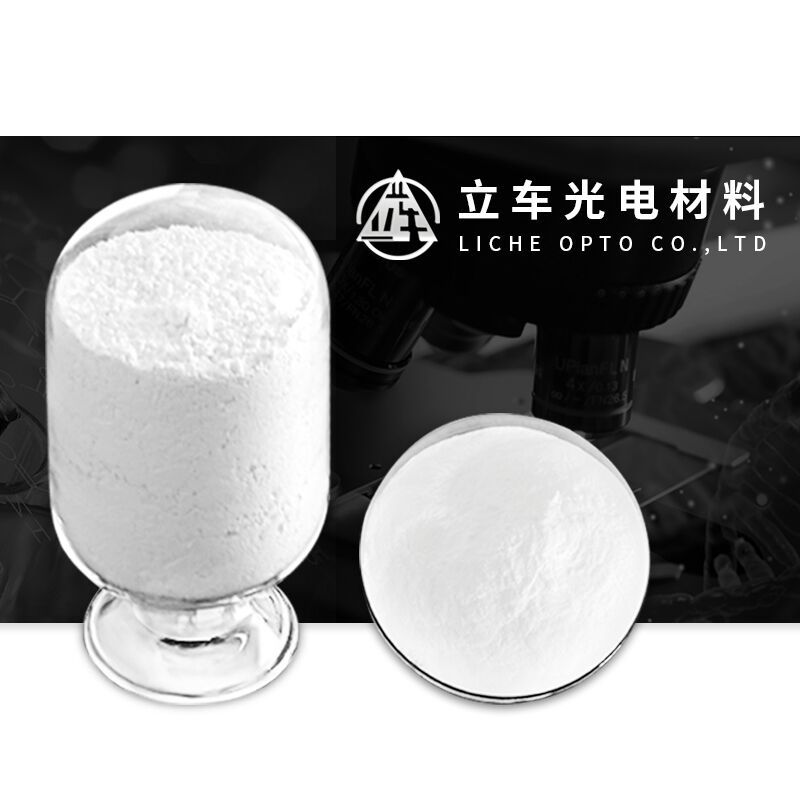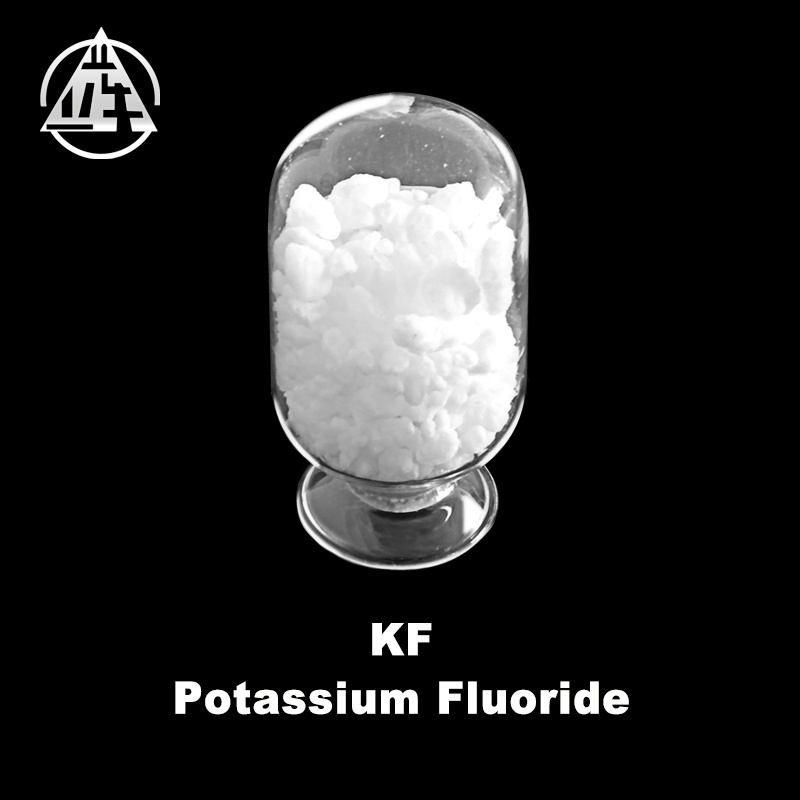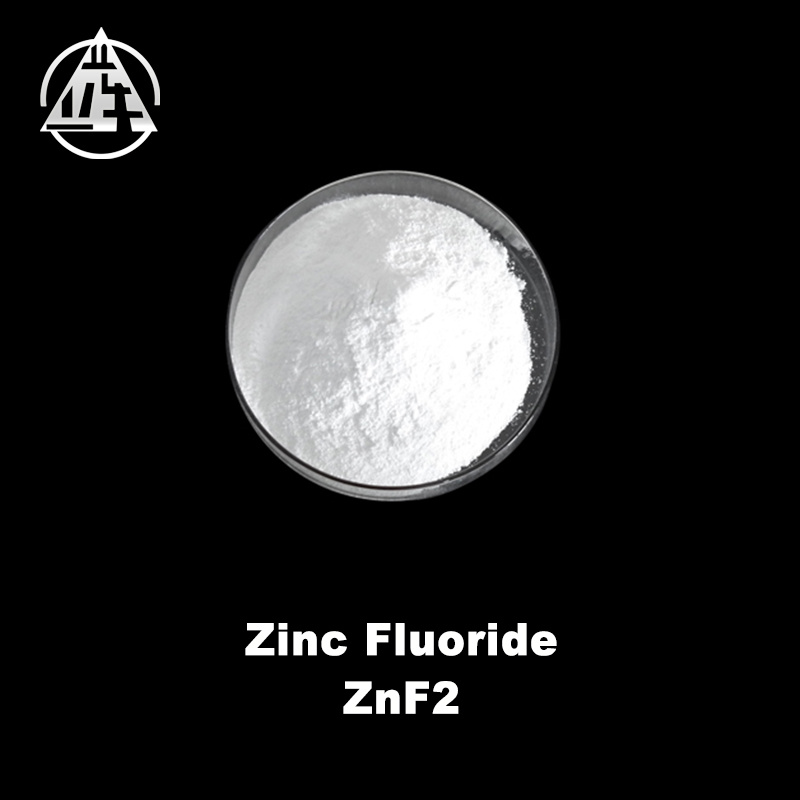Physical properties of Calcium Oxide CaO
Release Time:
2023-03-27
Calcium Oxide CaO is an odorless, white, irregular substance with no defined structure.
Calcium Oxide CaO is an odorless, white, irregular substance with no defined structure.
The molar mass of CaO is 56.077 g/mol.
Since Calcium Oxide CaO is ionic, it can be dissolved in glycerin and water.

The boiling point of Calcium Oxide CaO is as high as 2850°C.
The melting point of Calcium Oxide CaO is 2613°C.
It is used to produce light because it is a hard substance, which means it has a high melting temperature and does not decompose when heated. It is a strong substance that can withstand extreme temperatures.
40kJ/mol is a typical molar entropy associated with Calcium Oxide CaO.
This chemical produces an intense brightness when heated above 2643K.
When exposed to the environment, it absorbs moisture and produces hydrogen Calcium Oxide CaO, commonly known as quicklime. Slaking of lime is the term for this process.
If Calcium Oxide CaO accepts carbon dioxide and is exposed to the environment, calcium carbonate is produced.



